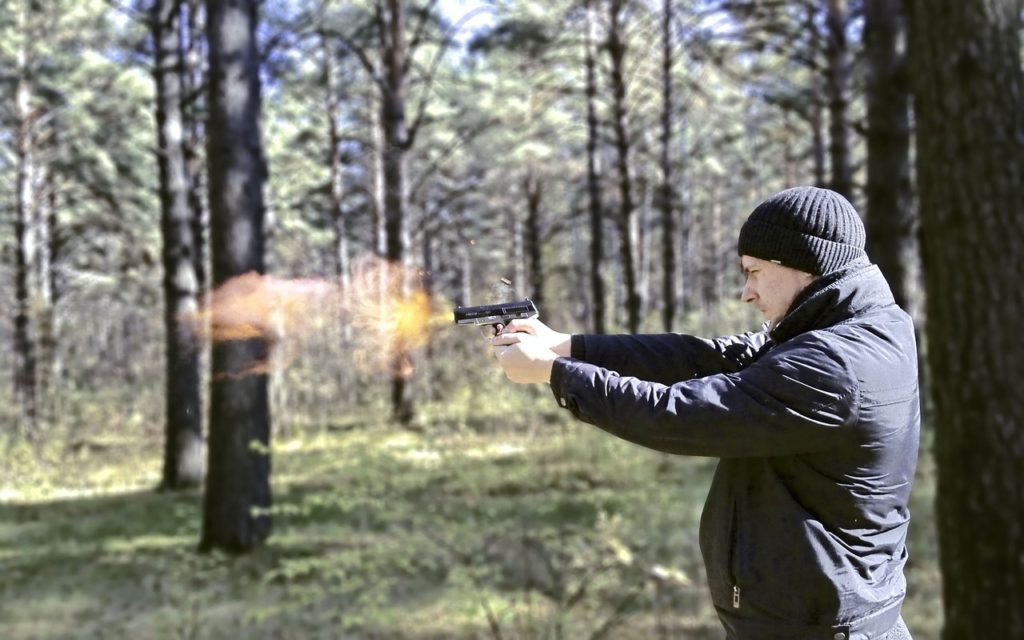In my last article, I spoke about the importance of situational awareness and the color codes of awareness – white, orange, red and black. As simple as that was, it is the first step on the path towards not being a victim. This article is on the next step – posturing.
The concept of posturing is common among mammals. If you watch males compete in the animal kingdom for the females’ attention, you see colorful feathers, dances, wrestling and fights. In the human race, we see the same thing. An attractive woman walks by and a man rises to his full height, gut in, chest out. He’s posturing, projecting confidence.
As the predators in our society lurk around the edges of the herd, they size up the flock, just like a wolf. Bad guys watch us. They decide who they will prey upon based on how easy the target appears to be. If your posture projects confidence that you are not an easy target and the next person is more passive, they are the likely victim. At Talon, we’ve trained more 5,000 locals and overwhelmingly, the feedback we have received is that this works.
Bad guys know if a victim can readily identify them to law enforcement, they’re in trouble. If there’s no ID, they may be ok. If you look a stranger in the eye with confidence, they know you’ve seen them and are not afraid, whether you are or not. Your chances of being a victim decrease drastically as your confidence increases. If you’re afraid to make eye contact with people, you can’t identify them. Therefore, your passive appearance increases your chances of being a victim.
When you encounter a person you don’t know, scan their face and see if they’ll make eye contact. Most people won’t, but bad guys will for a moment. (Nice people will too, so be ready to nod, smile and speak.) Make a conscious effort to walk erect with your chin up and eyes towards those you encounter. Have a confident stride and appear to have a purpose. If someone makes you uncomfortable, look at them a bit longer. If this is the predator, he will realize you’re not the passive victim he‘s looking for. The only outward difference between confident people and passive people are actions. You can change actions. Change yours.
Think about the last time you were approached by someone asking for money. This can be intimidating, uncomfortable and alienating, all terrible feelings. Now consider using proper posturing for future encounters. First, make eye contact and hold out a hand in a “stop” motion. Speak to them politely, saying “I’m sorry sir, but I don’t have anything for you. Now have a nice day.” Use a command voice, firm but polite. Then walk away, engaging your situational awareness by watching out of the corner of your eye and listening for following footsteps.
If you do want to help the person, don’t dig out your cash right there. Go inside the store and take out what you are willing to give, holding it in your hand and giving it on the way out. Chances are, they will still be there.
Many of our clients have come to us as timid wallflowers and after a few classes, they leave standing tall. If you are willing to change your behavior, become more aware of your surroundings and start to really look at people, the results might surprise you. This may open doors for you that you never think about. You’ll begin to feel the confidence that you are pretending to have. Do you know who acts this way? Leaders, not victims.

